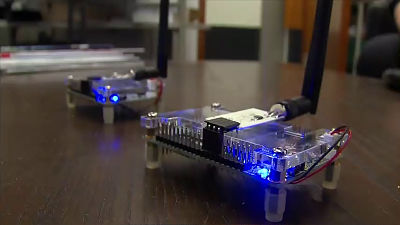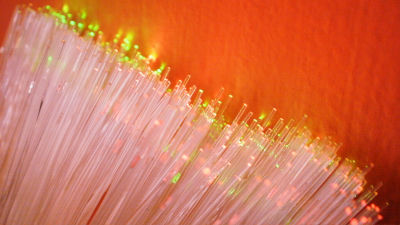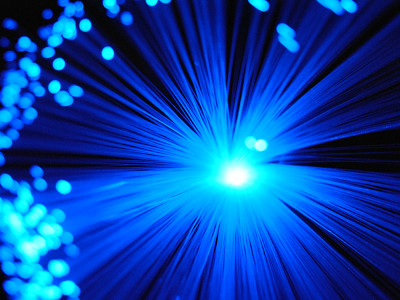A technology that can transfer all traffic on the Internet in the world has appeared

A technology that enables data transmission of 1.8 petabits per second, which is equivalent to twice the traffic communicated on the Internet worldwide, was announced by technology that divides laser light into countless frequencies and puts data on each.
Petabit-per-second data transmission using a chip-scale microcomb ring resonator source | Nature Photonics
New data transmission record
https://www.dtu.dk/english/news/all-news/new-data-transmission-record?id=213f1735-036d-44c9-b229-d25d74dd3f02
Record-breaking chip can transmit entire internet's traffic per second
https://newatlas.com/telecommunications/optical-chip-fastest-data-transmission-record-entire-internet-traffic/
This time, an international research group at the Technical University of Denmark and Chalmers University of Technology in Sweden has achieved a transmission speed that exceeds the traffic of the Internet worldwide with only one light source and one optical chip.
To achieve this recording, the research group used a technique called ' frequency -comb' with a specially designed optical chip. This means that by splitting the laser into a number of frequencies, or colors, and modulating the amplitude, phase, and polarization of each frequency to encode the data, a large amount of data can be sent from a single light source. . The name 'comb', which means 'comb', is used because the amplitude of the fixed frequency looks like 'comb teeth'.
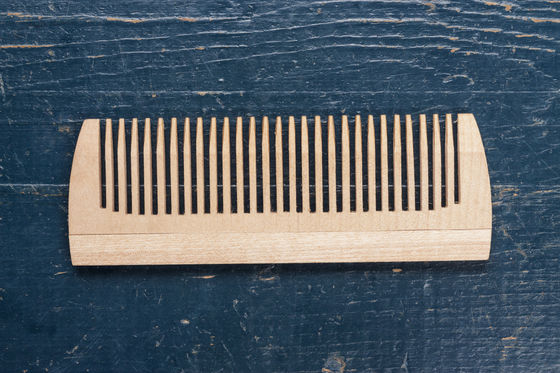
In 2020, an Australian research team used this technology to
In addition, in this experiment, the Danish and Swedish research teams conducted an experiment to transmit 1.84 petabits of data encoded at 223 wavelengths on a 7.9 km long optical fiber with 27 cores. At the time of writing the article, the amount of data exchanged on the Internet around the world is about 1 petabit per second, so this experiment was able to transmit nearly twice as much data as the Internet around the world by converting it into a single laser. will be
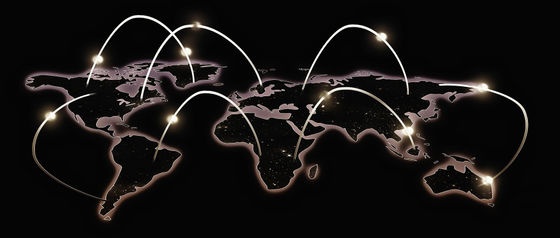
Moreover, this record is still just the beginning, and it is estimated that it can theoretically transmit 100 times more data. One of the co-authors, Professor Leif Katsuo Oxenløwe of the Technical University of Denmark, said: 'Our calculations show that we can transmit up to 100 petabits per second, because our solution is scalable. To expand it further, we have to amplify the frequency comb, but even then, we can achieve spectrally efficient data transfer without losing the characteristics of the frequency comb.”
Related Posts:
in Hardware, Posted by log1l_ks



